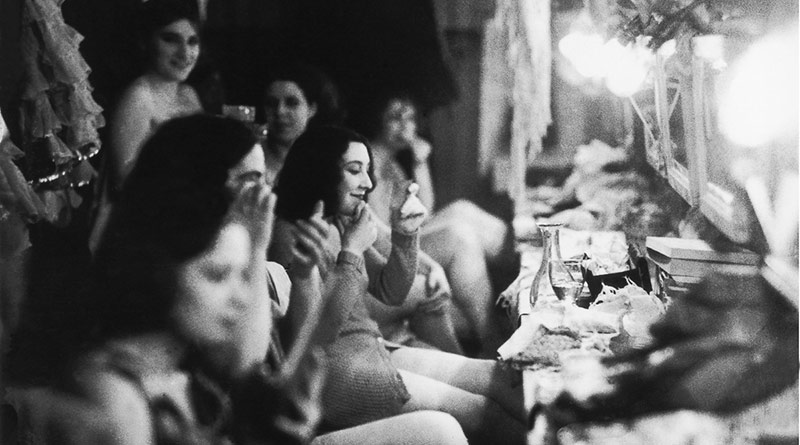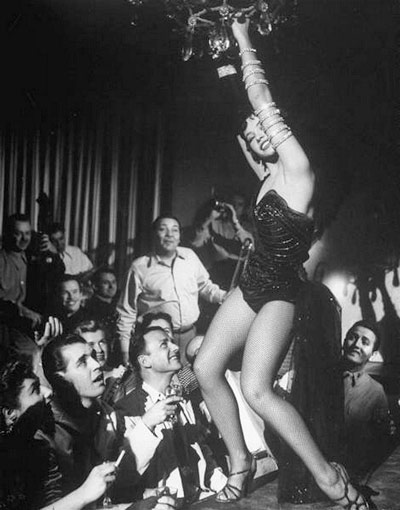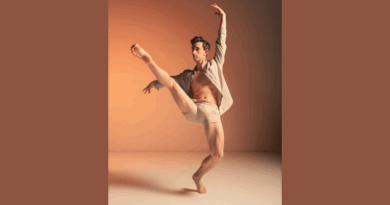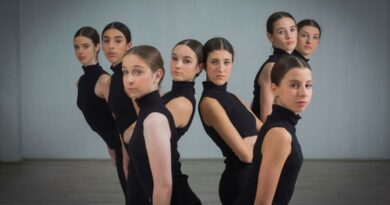
Holding on my feminist values in the dance industry. A personal view from a dancer
Conflating ideas on sexuality and dance is an important, albeit conflicting issue for any female/professional dancer nowadays; especially in today’s social and political climate and, amidst a profession spent glorifying and often essentialising the human body. As a female and as a dancer, the ever-present reality of displaying sexuality is a constant phenomenon, either in the direction or expectations of others, or the image we believe we are expected to portray. Further heightened and polarised in today’s culture of social media, globalisation, and consumerism, images of being female seep heavily into the world of professional dance to create often over-sexualised, exploitative and one-dimensional impressions of femininity.
Dance is the physical artistic expression of being human, which means at times, articulations on sexuality and sensuality; both of which are important and beautiful qualities to be celebrated. Modern day feminism is also making no apologies for female expression, desire, beauty and the right to be whatever type of woman you want to be. Yet, despite this freedom in conveying the breadth of what it is to be a woman nowadays, one cannot escape these critical and often contradicting voices pushing and dictating superficial and degrading ideas of female identity in the dance profession. Finding a place of empowerment in a world and an industry at times marked with over-sexualisation and objectification I believe is a vital task for any professional both for the sake of ones own mental health and the sake of strengthening woman’s voices everywhere.
The question I every now and then find myself contemplating on jobs (as a freelance professional dancer) is how can I be a feminist, one who wants females to be recognised as minds, spirits, as entrepreneurs, as equals and sometimes even as genderless, but base my life’s work on the female form, on how it can bring beauty and often times sexuality to the stage. And as a dancer, I absolutely love to express the sexy side of my being sometimes. As such, I believe wholeheartedly that there is power and beauty in maturing and owning ones own innate sexual energy and expression; being confident and proud of ones own desires and to create that in other people. Nonetheless, we all know how these ideals are easily hijacked and skewed in service to mainstream culture, creating and perpetuating existing structural inequality and violence. Unfortunately at times commercial dance can both filter from and contribute to images of women that are for the service of these existing stereotypes and norms. Thus, despite my love for dancing, I do feel a tension and frustration when certain performances feel more objectified, cheapened and even exploited rather than empowered and artistically defiant.

On one particular job earlier this year, I was dancing for a fairly well known singer in a day-time festival crowd in front of a few thousand, however, the set created in me a sense of cheap-ness, lack of respect and made me feel like a “piece of meat”. This was further intensified by a comment to “take your clothes off” yelled out by an audience member when the bows were happening, leaving a fairly terrible taste in my mouth. This one very acute example attests to the attitude’s which can at times surround dance. To have 20 or so years of training, hard work and sacrifice received in such a patronising and derogatory manner is a hard pill to swallow, and rightly so. What is happening in our culture, and the feedback loop to dancing which makes such experiences unfortunately too common; and, even just general viewpoints on being a “dancer” so disparaging. And while I understand we operate within a consumer culture where sex sells, it is my hope and belief that we can somehow grow beyond that.
For my own professional journey, I believe it is about staying conscious. Being aware of both the structure we as professional dancers are working within as a whole and the social, artistic and professional environments we wish to develop.
For example, the advent of explicit and overtly provocative dancing in professional and mainstream commercial dance environments works to further legitimise these ideas on over-sexualisation, leading us to forget to question the nature of such things. Considering how the industry can continue to develop and create an environment that does not need to be followed by articles on how not to over-sexualise an 11-year old are key reasons to work out this tension. And it is not necessarily questioning how we are dancing or what we are wearing, but who for, in what context and what is the process? I hope that the trend continues where professional dance can be holistically empowering for women, without reducing it to stereotyped and one-dimensional images of femininity. And yet, when the time comes to express such ideas on sexuality, how it can be done salubriously and with integrity.
I believe as beacons of art and culture, it is our duty as dancers to be fully aware of the impact we are making and how we want to make it. Defining and dancing your own type of sexy, or strong or feminine is key to fighting the diminishing images pumped out daily by our culture. I know for me, I don’t want to live in a world where I continue to post images, perform on stages and play in videos which contribute to the over-sexualisation and objectification of women that modern day feminism has worked so hard to overcome. I love that art can counter and propel culture forward. I believe dance should be at the forefront, not trailing behind in the creation of new images of what it is to be male, female and anything in between. And that whilst, on the one hand, I don’t want to be disregarded on the merit that part of my art is sexualised, I also don’t want to subscribe to a fabricated femininity whose only benefit is to subdue females into a false sexual empowerment that is exploited by others more than owned and engineered by and for myself.



